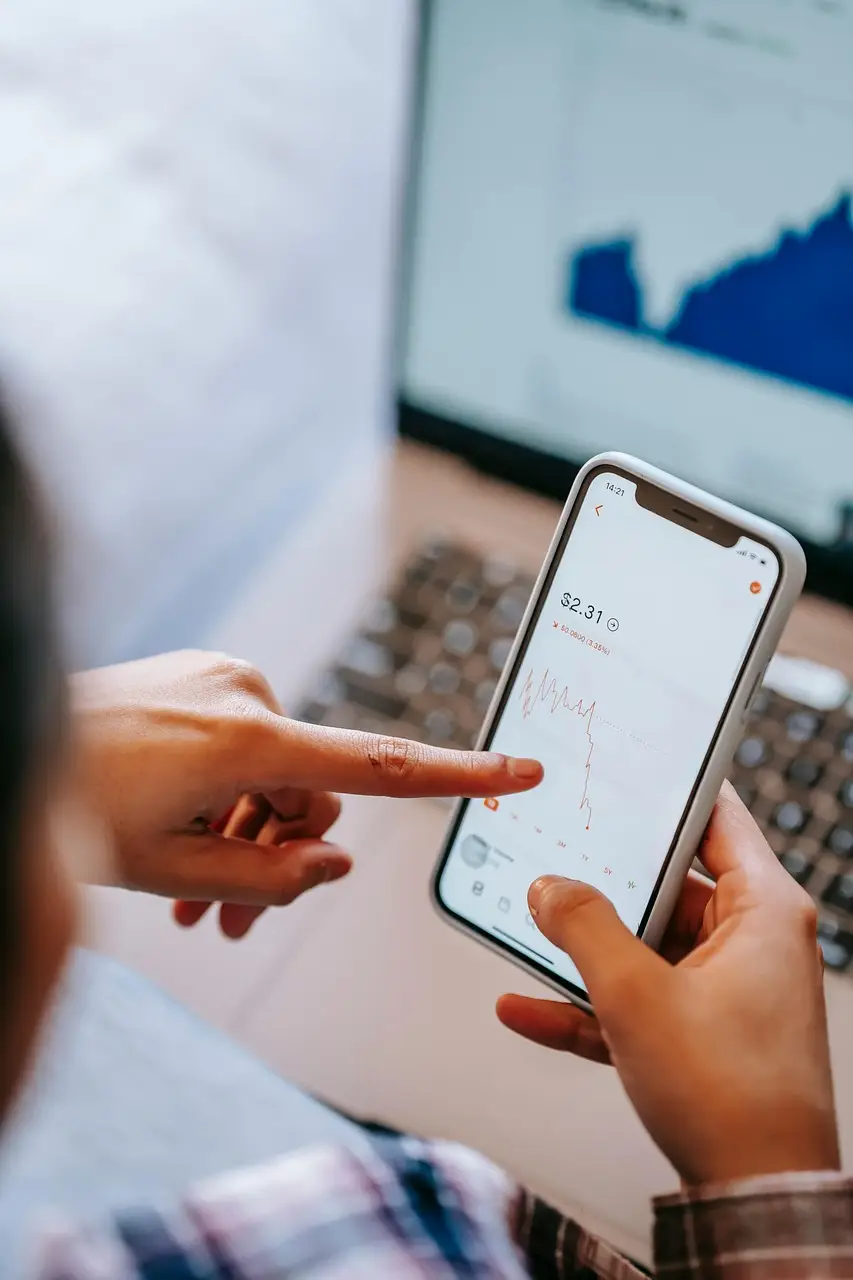If you’re wondering how to learn trading, where to begin and what resources you must use for it, you’ve arrived at the right place. Whether you plan to be a day trader, swing trader or position trader, this is where you have to start if you are an absolute beginner.
First of all, I had zero knowledge about trading; I thought it was only for financial geniuses.
The road map I followed was entirely incidental and unplanned because, as a beginner, I had no clue where to start. I’m going to share everything I did during my journey, from being an absolute clueless beginner to becoming an advanced trader.
NOTE
It’s important to remember that for a beginner, the type of financial asset—stocks, indices, forex, crypto, or commodities doesn’t matter (unless you really know what you want to trade). Just get the ball rolling to understand what works for you and what does not.

Roadmap for a beginner trader
Stage 1: Basic concepts and terminologies
I started from scratch and started learning about the foundational concepts required to understand trading.
Two resources I relied heavily on for this purpose were:
- Zerodha Varsity : This is where I learned some trading jargon and the basics of technical analysis. It was very well simplified and explained.
- Investopedia : This is what I referred to to learn forex and indices related information. This was even great for clarifying my doubts with some advanced terminologies.
- Babypips : This is a great place to start learning forex and crypto trading as well.
NOTE : This is not an exhaustive list. These were the resources I used during the early stages of my journey, which I happened to stumble upon.
Stage 2: Learning beginner trading strategies
You will find a lot of videos on trading strategies on YouTube, and I’ve watched them all. While these videos gave me some insight into trading strategies and what others are doing, they didn’t help me find a solid strategy to succeed. I still had countless questions and wanted more information. Most of these methods rely on indicators and identifying patterns, commonly referred to as retail trading.
However, don’t underestimate retail concepts. For a complete beginner with no knowledge of trading, retail trading can help you understand the process better and lay the foundation for further improvements. Many people on the internet claim it works for them, but that hasn’t been my experience. So, you may need to figure it out on your own.
Some of the concepts to familiarize yourself with as a beginner trader would be:
- Candlesticks and Its Patterns
- Chart Patterns
- Support and Resistance
- Retracement and Reversal
- Fibonacci Tools
- Indicators(optional)
There is no one place to learn the above concepts. From my experience, it’s good to explore at least 2 to 3 resources( a mix of videos and articles) to learn each concept to gain perspective. This is why I’m not adding links for it.
IMPORTANT
These are the concepts that most beginner traders use. So did I. But now, as an advanced trader, I don’t use these concepts(except for Fibonacci tools). I just organically outgrew them as I learned more through ICT and my own research. But it doesn’t mean that it couldn’t work for you. You should practice and figure it out for yourself. However, I do believe that being aware of these concepts are important to understand some psychology of trading.
Stage 3: Smart money concepts and institutional trading
By this point, I had gained a basic understanding of charts and candlestick patterns, but I still didn’t know how to effectively trade. That’s when I discovered smart money concepts, which completely changed my approach. There are many resources on YouTube about this topic. After watching numerous videos, I finally found The Inner Circle Trader (ICT).
You can learn institutional trading concepts that are essential for advanced trading, from ICT.
ICT is an ocean of information and you will need to invest your time and efforts here. To know more about how to study ICT, click here.
Stage 4: My own research and concepts
The truth (at least for me and according to ICT) is that just by watching ICT videos, you won’t find success; you HAVE to practice and develop your own strategy using the knowledge provided.
From ICT, I learned how to correctly analyze charts and understand price action. I used these insights to further explore price action, eventually formulating my own strategies and concepts.
Stage 5: Practice till you make it
Practicing is crucial throughout every stage of your trading journey.
There are two ways to do this :
Demo Trading
Demo trading allows you to trade live with virtual money, providing real-time experience without risking your own money. You can sign up with TradingView and use their paper trading feature, which does not require any investment from your side. However, you may need to pay a subscription fee to access some features that are useful during regular practice.
You can even register with a broker of your choice and use their demo trading feature(if available).
Backtesting
Backtesting is simply understanding, researching, and testing the historical data of price.
I use TradingView for backtesting, as I find the platform user friendly and advanced. There are many backtesting softwares available in the market, which you may explore.
Advice: A combination of both demo trading and backtesting is essential for becoming an advanced trader. Use backtesting for learning and understanding price action. Use demo trading to test your strategies in a live environment.
Conclusion
You may take these insights and decide for yourself how to start your trading journey. There’s no right or wrong way, especially in trading. The important thing is to believe in yourself and commit to the journey. Trust the process, and you’ll see for yourself how far you can go.


Leave a Reply